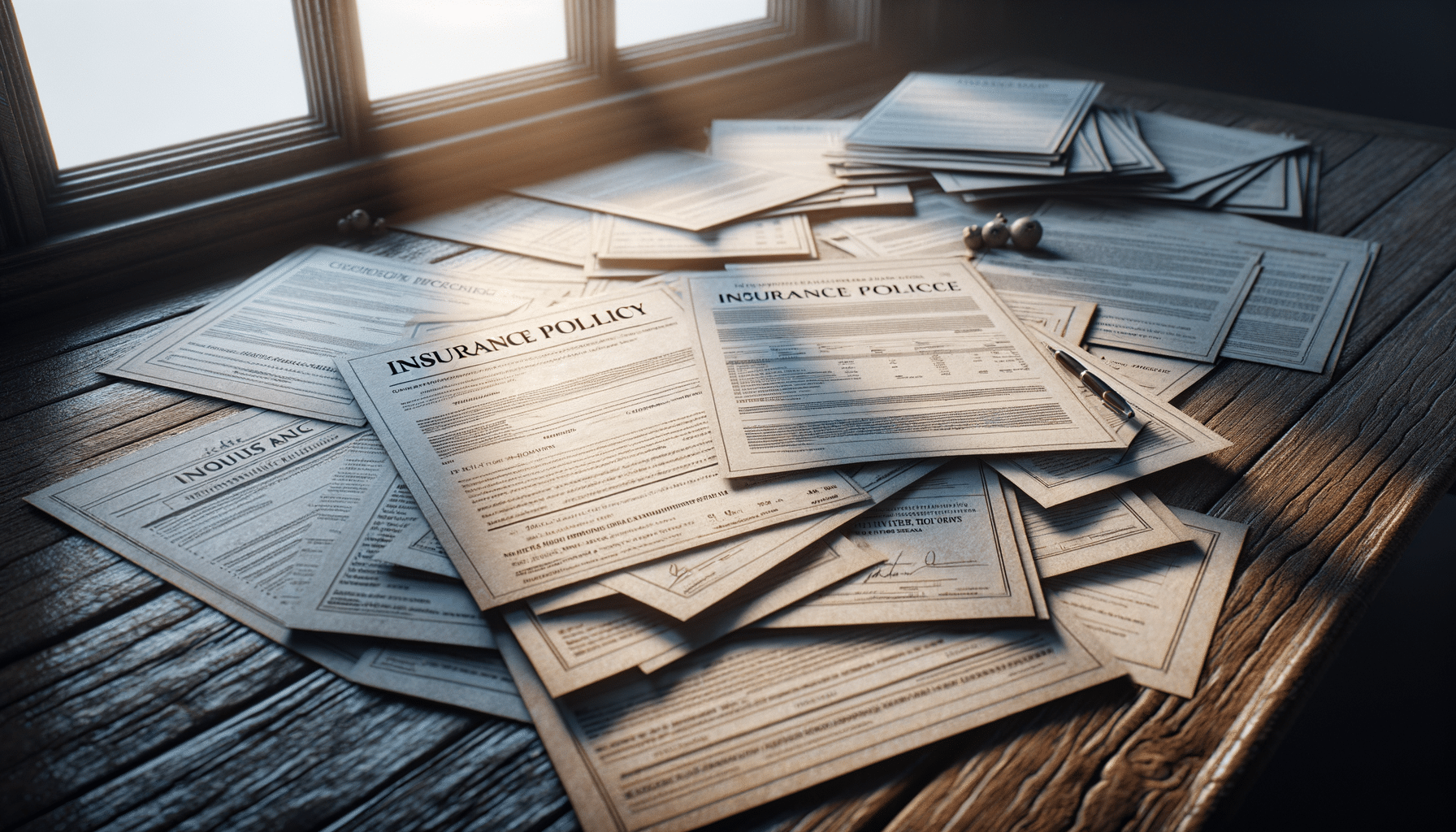
Understanding Water Damage Restoration: Key Strategies and Practices
Introduction to Water Damage Restoration
Water damage restoration is a vital process for preserving property integrity and ensuring safety after water-related incidents. Whether it’s due to natural disasters, broken pipes, or appliance malfunctions, water damage can lead to significant structural issues and health hazards if not addressed promptly. Understanding the fundamentals of water damage restoration can help property owners take effective action to mitigate damage and restore their homes or businesses to their original condition.
Water damage restoration involves a series of steps aimed at removing water, drying affected areas, and repairing any damage caused by the water. This process requires specialized equipment and expertise to ensure that all moisture is eliminated and that mold growth is prevented. By understanding the key strategies and practices involved in water damage restoration, property owners can better navigate the challenges that come with water-related disasters.
Assessing the Extent of Water Damage
The first step in water damage restoration is assessing the extent of the damage. This involves evaluating the affected areas to determine the severity of the water intrusion and identifying the source of the problem. Professional restoration companies use advanced tools such as moisture meters and thermal imaging cameras to detect hidden moisture and assess the full scope of the damage.
Once the assessment is complete, a restoration plan is developed. This plan outlines the necessary steps to remove the water, dry the affected areas, and repair any damage. It also includes a timeline for the restoration process and an estimate of the costs involved. By having a clear understanding of the extent of the damage, property owners can make informed decisions about the restoration process and ensure that all necessary steps are taken to restore their property to its pre-damage condition.
Effective Water Removal Techniques
After assessing the damage, the next step in the water damage restoration process is water removal. This is a critical step, as any remaining water can lead to further damage and mold growth. Professional restoration companies use a variety of techniques and equipment to remove water quickly and efficiently.
Some common water removal techniques include:
- Extraction: Using powerful pumps and vacuums to remove standing water from the affected areas.
- Drying: Employing industrial-grade dehumidifiers and air movers to remove moisture from the air and dry the affected surfaces.
- Decontamination: Cleaning and sanitizing the affected areas to prevent mold growth and eliminate any potential health hazards.
By utilizing these techniques, restoration professionals can effectively remove water and moisture from the property, preventing further damage and ensuring a safe and healthy environment for occupants.
Preventing Mold Growth
One of the most significant concerns following water damage is the potential for mold growth. Mold can begin to develop within 24 to 48 hours of water exposure, and it can quickly spread throughout the property if not addressed promptly. Mold not only causes structural damage but also poses serious health risks to occupants, especially those with respiratory issues or weakened immune systems.
To prevent mold growth, it is essential to ensure that all affected areas are thoroughly dried and dehumidified. Restoration professionals use specialized equipment to monitor moisture levels and ensure that all moisture is eliminated. Additionally, they may apply antimicrobial treatments to prevent mold growth and sanitize the affected areas.
By taking proactive measures to prevent mold growth, property owners can protect their investment and ensure the safety and well-being of their occupants. Regular inspections and maintenance can also help identify potential water intrusion issues before they lead to significant damage.
Repair and Restoration
Once the water has been removed and the affected areas have been dried and decontaminated, the final step in the water damage restoration process is repair and restoration. This involves repairing any structural damage caused by the water and restoring the property to its pre-damage condition.
Repair and restoration can include a variety of tasks, such as:
- Replacing damaged drywall and insulation
- Repairing or replacing flooring and carpeting
- Repainting walls and ceilings
- Restoring damaged furniture and personal belongings
Professional restoration companies have the expertise and resources to handle all aspects of the repair and restoration process, ensuring that the property is restored to its original condition. By working with experienced professionals, property owners can have peace of mind knowing that their property is in good hands and that all necessary steps are being taken to restore it to its pre-damage state.


